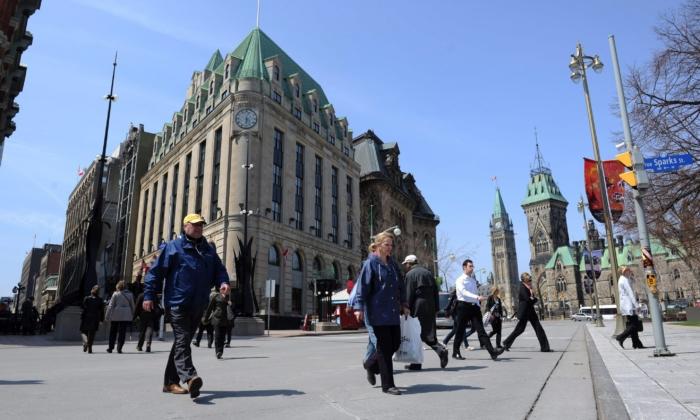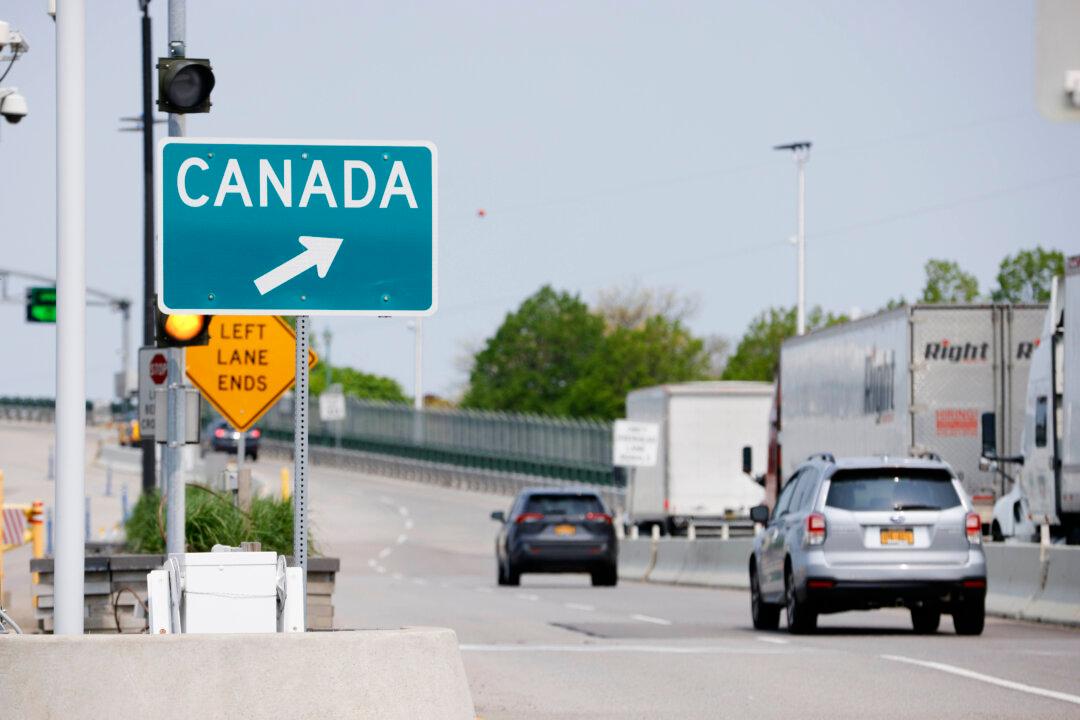The report, titled “Mind the Gap: Canada is Falling Behind the Standard-of-Living Curve” and published on July 13, highlights Canada’s struggle to keep up with its peers and identifies insufficient growth in real GDP per capita as the root cause of this disparity.
While Canadian economic growth has showcased resilience, especially during the COVID-19 pandemic-induced downturn, this has not translated into a proportional rise in the standard of living, said the author, economist Marc Ercolao. When adjusted for the rising population, Canada’s real GDP per capita has been deteriorating for many years. Since the 2014–15 oil price shock, Canadian real GDP per capita has grown at an annual rate of just 0.4 percent, in stark contrast to the advanced economy average of 1.4 percent.
“GDP is one thing, standard of living is another, and when Canada’s economic performance is adjusted for the rising population count, it reveals a picture that leaves much to be desired,” Mr. Ercolao wrote.
Regionally, commodity-based economies like Alberta, Saskatchewan, and Newfoundland and Labrador have historically recorded the highest per capita GDP levels in Canada, due to the high capital intensity of their key oil sectors. However, their leadership status has come under pressure over the past decade since the oil price shock of 2014–15 and subsequent shift away from new, large-scale resource investment.
Lagging Productivity
Mr. Ercolao said it is common to point the finger at rapid population growth as the sole driver of poor per capita GDP, given that it has inflated the denominator of the calculation. But a closer examination shows that the true culprit behind the sagging performance in real GDP per capita is persistent productivity issues.For many years, Canadian labour productivity, measured based on real GDP per hour worked, has trailed behind its peers, particularly the United States. Despite a higher pace of job creation and total hours worked, Canada’s labour productivity has been consistently subpar.
No Improvements for Foreseeable Future
Looking forward, “little turnaround in Canadian living standards appears to be on the horizon,” according to Mr. Ercolao.Real GDP per capita has already contracted over the last three quarters, and TD’s most recent forecast indicates persistent contractions until the end of 2024, he wrote. The economy is expected to suffer a “cyclical slowdown” in the coming quarters, as ambitious federal immigration targets continue to prop up population flows.
Canada is also one of the few advanced countries that has not recovered its pre-pandemic level of per capita GDP. Mr. Ercolao further cited the Organisation for Economic Co-operation and Development, which has projected that Canada will rank “dead last” among the 38-member organization in real GDP per capita growth until 2060.
Canada’s approach to productivity and growth needs fundamental changes to address these issues, he said. “The crux of the problem remains the same: a sagging performance in labour productivity.”





